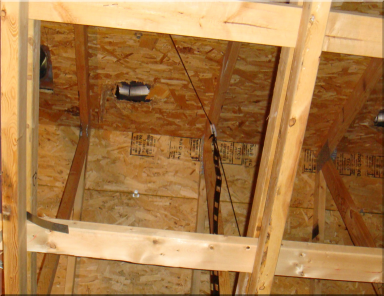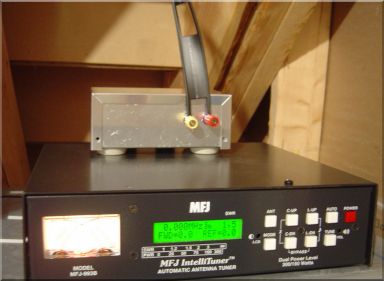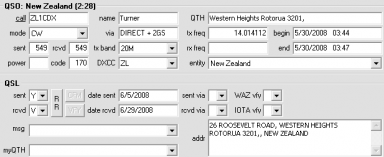A Cebik Favorite The first attic antenna I put up was an 88' zig-zag DEZ based on reading Cebik's recommendations in this article: http://www.cebik.com/content/edz/88.html SK Cebik W4RNL is the Godfather of antenna work and was one of the editors of the ARRL handbook. While ON4UNs Low Band DXing and the ARRL Antenna Books are very fine resources, any serious antenna project needs to begin with Cebik's works which are available free of charge at the CEBIK.COM web site. [Registration is required by the site's admin as an anti-SPAM measure - no personal information is collected.] Cebik concludes "The key to the system is the property of the 88' doublet to have true bi-directional patterns on all of the bands from 80 through 20 meters. (We can do--and I have elsewhere done--a similar exercise with a 44' doublet to cover 40 through 10 meters.) Pattern control is a key element in serious operation, and the 88' doublet offers flexibility and reliability if we are willing to dust off that old link-coupled tuner and invest in some high quality parallel transmission line." Essentially, he is saying, just to focus on the radiation pattern and the rest of the details will work out OK. 
At the time, I was just getting back into radio after a QRT stretch of nearly 27 years. A simple dipole in the attic and some open wire feed to a new gee-whiz antenna tuner sounded like the perfect solution. I had no real objectives than to see what kind of signal I could get out on 20m and this sounded perfect. It was zig-zag in nature because the run length was about 40' only oriented ENE and WSW. The broadside covered South America and the North Pole but not much else. Fortunately, the deep nulls in the pattern are not that deep in reality. It was fed with 450 ohm open wire feeder that snaked along the wall into my basement closet terminating into an MFJ929 automatic antenna tuner. 
The tuner contained a balun so no external balun was required. A run of coax from the closet to the rig completed the run. A 10-turn coax over PVC RF choke was located near the tuner on the coax side of the feed line to the rig. One feature that I added was the ability to short the two ends of the open wire feeder and run it against the limited "ground" connection which consisted of the copper pipe run for the water feed. I had read a couple of times on the Internet was supposed to give a rough random-length wire performance and may help on the lower bands. The shorting box can be seen in the photos here. Unfortunately, that part of the plan was a complete failure. The only thing it did do was to ensure a lot of RFI complaints were lodged from the rest of the house members. :) The lesson from the Generation 1 antenna experiment is: if you are an attic antenna farmer, build antennas that have self contained ground or counterpoise structures. That way the system does not depend on this ground structure for some meaningful RF performance. A rig should always have a DC ground, of course. 
The time that antenna was first active was at the bottom of the sunspot cycle. Some would argue that 2 years later, in 2010, we are still at the bottom, but in 2008, the signals were bad in the best case and far worse on average. So it was a complete surprise that about a week into playing around with the antenna, a lot of strange prefixes started to show up. FN, LU, YN, TI, 8P, SP, and, to my complete surprise, I was able to work a couple of ZL - the first one confirming my QSL in just a couple of weeks! I was so excited about my new high-performance DX antenna, that I began to dream of DXCC hanging on my wall. Little did I really know, with some work, an attic can serve as a very FB antenna farm if you are willing to work to get the best performance from the space available. I'm thankful to LB Cebik W4RNL for opening my eyes to what is really possible. And encouraging me to experiment with modeling. I'm on the 4th generation of antennas now but it all started with an 88' run of wire, zig zagged, with a ladder line hanging down. 
|